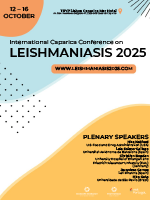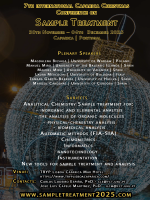Starvation of Jurkat T cells causes metabolic switch from glycolysis to lipolysis as revealed by comprehensive GC-qMS
DOI: 10.5584/jiomics.v3i1.129
Abstract
T cells play a central role in the cellular part of the immune system and their metabolomic activity is strictly bound to the status of activation. Little is known about the metabolomic resilience of T helper cells in the resting status. Therefore we analyzed the metabolomic profile of non-activated Jurkat T cells under normal and starvation conditions by a two-dimensional GC-MS approach. We detected 52 organic and amino acids in the biological replicates covering the majority of central metabolic pathways. Under starvation conditions 21 analytes representing major metabolic pathways showed a significant down-regulation. For palmitoleic acid a significant up-regulation was detected. The annotation of differentially abundant metabolites to the pathways of TCA-cycle, amino acid metabolism and fatty acid biosynthesis indicating a metabolic switch from glycolytic to lipolytic energy generation upon starvation.









